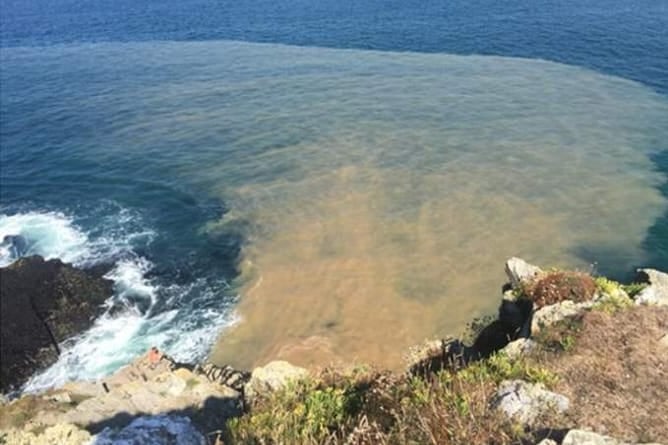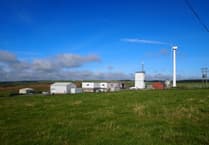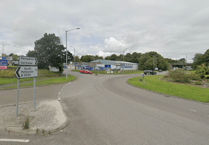SEWAGE discharges in the Torridge and West Devon and North Cornwall parliamentary constituencies were among the largest of any area in the country during 2022.
Data released by the campaign group ‘Top of the Poops’, supported by Surfers Against Sewage has revealed that the Torridge and West Devon area was the second most polluted constituency in the country.
According to the data, it was polluted by sewage into the waterways by South West Water 5,246 times in 2022, with the discharges lasting a combined 57,494 hours, equivalent to 6.65 years of 14.4 times a day across 82 different sites.
Meanwhile, the neighbouring parliamentary constituency of North Cornwall, is also featured in the 20 most polluted areas in the country, ranking 15th in the listings.
It was reported that there were 60 sites polluted in this area during 2022, with 2,846 separate sewage discharge incidents lasting a cumulative total of 24,526 hour, equivalent to 2.84 years or an average of 7.8 times a day.
South West Water has pledged to reduce the use of storm overflows and admits there is more to do.
In Torridge and West Devon, the Milton Stream waterway was the most affected by sewage during 2022, with 241 sewage dumps lasting a total of 4,665 hours.
Other areas worst affected by sewage dumps include Coles Stream, in the Holsworthy (Derriton) STW, which saw 182 sewage dumps lasting 2,858 hours, and Langham Lake, which had 180 separate sewage dumps lasting a duration of 1,563 hours.
The River Torridge was also the fifth most polluted river in the South West Water area, with a total of 941 sewage discharge incidents, with sewage discharging for a total of 7,182 hours during 2022, or 9.91 months.
In North Cornwall, the River Inny, Penpont Water, and River Allen waterways were the three worst affected by sewage.
At the ‘Beals Mill No 2 CSO’, it was reported that there were 293 sewage dumps during 2022, lasting a duration of 3,937 hours.
The Altarnun STW (Storm Tank) also featured in the top three worst affected areas, with 160 sewage dumps into the Penpont Water waterway lasting a duration of 2,352 hours while at the Delabole Wastewater Treatment Works, there were a reported 206 discharges, lasting a total of 2,278 hours.
The area’s beaches weren’t unaffected, either. It was reported that at Summerleaze Beach, in Bude, there was 42.09 hours’ worth of sewage discharge into the sea.
However, this pales into insignificance compared to neighbouring Widemouth Sand, where there was sewage discharge lasting 222.62 hours.
At Crackington Haven, there were 6.71 hours of sewage discharge. No discharge was reported at Trebarwith Strand or Crooklets Beach during 2022.
In response to the data by ‘Top of the Poops’ and Surfers Against Sewage, South West Water said the South West had some of the best bathing waters in Europe, recently achieving 100% coastal bathing water quality for the second time across 860 miles of coastline, with 99% rated as good, or excellent, compared to just 28% in 1991.
However, the firm’s Chief Operating Officer, John Halsall, admitted there is more the company needed to do. He said: “We are reducing the use of storm overflows and our plan is working but there is more to do. We want everyone to feel confident about the water quality at their favourite beaches and to know that we are serious about reducing the use of storm overflows. The beaches in the South West belong to those who live in the region and are loved by those who visit. We need to stop the overuse of storm overflows. Sharing better data with the public is the right thing to do and that’s why we’ve installed 100% monitoring on our storm overflows, ahead of target.
“Last month, we launched WaterFit Live, ahead of this year’s bathing season. Customers and visitors can go online to find out more and through Your Beach, Your Say, Our Investment, help shape where we invest next.”





Comments
This article has no comments yet. Be the first to leave a comment.